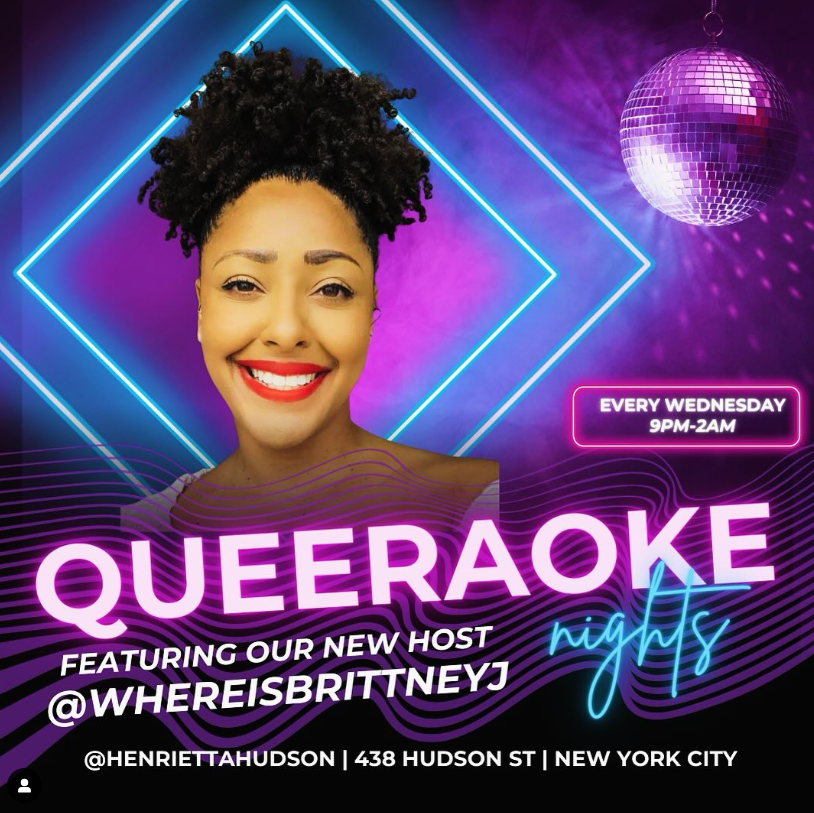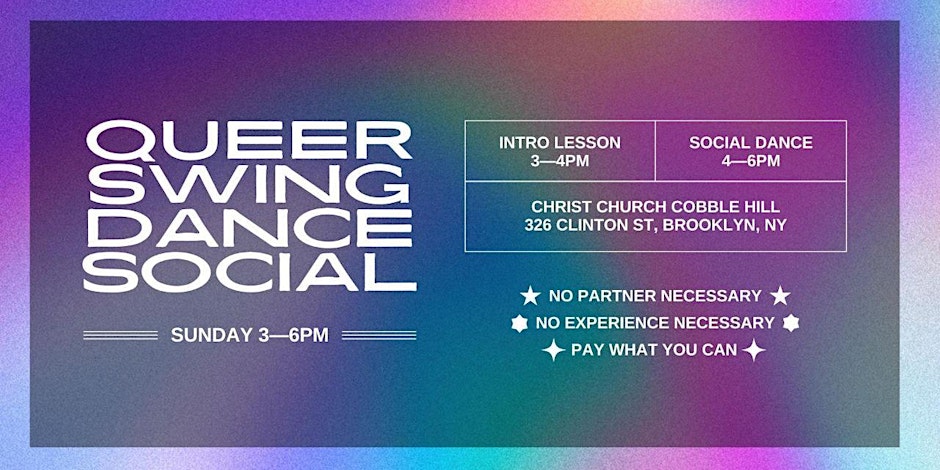“You’re going to regret this.”
“No, I won’t,” I said with the confidence that only an eighteen-year-old punk kid could muster.
He sighed and moved the needle to my arm, mixing blood and ink. An hour later, I walked out with a transgender symbol tattooed on my lower forearm, pulsing and bandaged. My tattoo artist was a stealth trans man, and for weeks, we went back and forth about the design. He told me he wouldn’t do it solid black in case I wanted to cover it one day. I told him I never would – I wanted it on my wrist so it was the first thing people would see when they shook my hand.
I started playing with gender at 17 when I met other homeless queer teenagers who showed me there were more than just boys and girls in the world. I cut my waist-length hair off in the bathroom of my high school, trying to hack the mess into something presentable before the next class period. On my two hour commute home, I bounced in my bus seat, waiting to get to the queer youth drop-in center that night so all my queer friends could see me. All the bois I loved as friends, brothers, and crushes rubbed my head approvingly and pulled me close into hugs as tight as the knots on our friendship bracelets.
I started taking testosterone (T) in the early 00s, back when the standards of care required transgender men to repeat a script: “I’ve always known I was a man.” I told the story to a therapist and then a doctor. Then I left with a vial of T and needles in my messenger bag. In my punkhouse basement bedroom, I pressed the thick oily hormones into my thigh week after week.
Soon enough, I grew a beard. I became the “shot boi” amongst all my trans friends, administering everyone’s testosterone shots, watching us sculpt our bodies into new versions of ourselves. When I was 19, that same trans artist tattooed the word “Paradox” across my chest. I laughed as he told me, “you are tougher than the [cis] guy who just tapped out on a chest piece.”
Once I reached my mid 20s, I quit T. I thought I looked too masculine and passed a little too well. In the early aughts’ world of The L Word, visibility for queer femmes was on the rise. I started seeing more queer femmes on screen and in person, reading zines from femmes, and decided I wanted to do something I had never done. I started expressing my gender through a flamboyant queer femininity: neon colors, plastic hair clips. The community of trans men who were my chosen brothers panicked. They worried that my chaotic fluid identity would reflect poorly on them by invalidating their consistent gender identity. This was nearly two decades before the political right would start a campaign of misinformation about “detransitioning” and yet the fear already existed within the community that if we didn’t say the right thing, tell the right story, we could lose access to medical care. 19 years after going off of T, I still have to scrape a razor across my face every morning, but even at my most femme presentation, I never regretted the years I went on T. I never regretted the permanent changes to my body. Being a trans man will always be part of who I have been, but it’s not my whole journey.
For years, I inhabited a femme punk aesthetic which, in turn, rendered my queerness visible. I broke the rules of girlness, clashing patterns and wearing toys turned into accessories. I liked dressing this way because, for a time, I found queer femininity a fun way that I could be artistically creative with my fashion and body.
On the best days, femme felt like a gender playground filled with bright colors, patterns, and queer flamboyance. But as I entered my upper 30s, I felt stuck on that playground. The whole time I presented as femme, I never stopped identifying as genderqueer or nonbinary. People mistakenly saw me as a girl and I didn’t always have the energy to correct them.
Radically changing how I dressed in my teens and early twenties felt easy. But once I had been presenting femme for 18 years of my adulthood, the thought of changing felt harder.
I remember taking my first professional author headshots and crying uncomfortably on a Brooklyn sidewalk because everyone involved in the photoshoot was trying to put makeup on me. “But you’re a femme,” my team repeated again and again. “Not that kind of femme,” was all I could say. The makeup artist won, and I hated the headshots. Femme had become a performance that I couldn’t escape.
At the beginning of this year, my partner of 19 years left me. When you are 40 and the life you thought you had falls apart, it makes it real easy to start living life on your own terms. I didn’t expect to start my feral forties with a breakup, but my divorce granted me the freedom I had been needing to change up my gender presentation. I had spent months fantasizing about cutting my hair but worried about making the commitment. I was worried about what people would say. I was starting over, building a new queer life on my own, and that meant owning my own gender. I knew if I cut my hair, it would be a (gender) homecoming, and I would be unlikely to grow it again. I knew if I cut my hair, I needed to be ready to publicly talk about my gender and acknowledge that femme just wasn’t working anymore. And so I threw out all the dresses my ex made or bought for me, trash bags filled with tulle and lace piled in my garage. I left my long blue braid on the floor of a hair salon.
“Are you sure you really want to cut that off?” the hipster hair stylist asked. I was sure.
Last year, a midwestern librarian reached out to me because she had read my work and wanted to book me for a speaking event where people would talk about how they had been duped into transitioning, how it was too easy to access gender affirming care, and how that access leads to people making mistakes. Of course, none of this is true, but the librarian felt torn between the demands of MAGA TERFS and the desire to be LGBTQ-affirming. She hoped that, somehow, I was a “safe detransitioner,” someone who wouldn’t be explicitly homophobic/transphobic while talking about “detransitioning.” Except that wasn’t my story. I’ve never regretted anything about my gender journey. I was horrified to think that people might see me as a “detransitoner.” I’m constantly transitioning, exploring, and playing with gender, finding the places where my dysphoria is quiet, where I feel at home. I’ve used hormones. I quit them. I went back on and quit again all before my twenty-fifth birthday. But I’ve never “detransitioned.”
This was the first time I ever thought that my gender history could cause actual harm. We are the experts on our own bodies and should get to change them however we want including through the use of hormones and surgery. I want more people to have access to gender affirming healthcare whatever that is. I could never let someone weaponize my story. I turned down the invitation.
This spring, I tattooed the word “feral” surrounded by a wild tangle of blackberries on the same forearm as my beloved trans sign. I kept cutting my hair and kept dying it blue. I started wearing the things that make me happy like dinosaur-covered overalls and crocs with silly charms. I still dress like I fell out of a zine crossed with a gum-ball machine a lot of the time, but no longer feel like I’m stuck presenting as femme. Surrounding my “paradox” tattoo are two pterodactyls. I’ve never looked at a man or a woman and said, “that’s me.” I’ve always been something else, often brightly colored, not infrequently covered in dinosaurs.
“You look like yourself again,” my close friends often say now, who have always seen me for exactly what I am regardless of how I presented. My gender isn’t about what I look like, or what ways I do or don’t adorn myself. It’s about embracing the queer chaos that has always been at the root of who I am. It’s freeing to no longer have to worry about other people’s desire for respectability, or to blend in. My middle-age has helped me realize that life is way too short not to make yourself happy. It’s a joy to wake up every day and feel like myself again, to see two decades of self-actualized gender anarchy visible on my body. It feels like coming home.
Just like I told my tattoo artist when I was 18, I have never regretted my journey or thought about covering up my trans tattoo. When I shake someone’s hand or pull a friend into a hug, that old faded symbol will always be the first thing people see.



































































